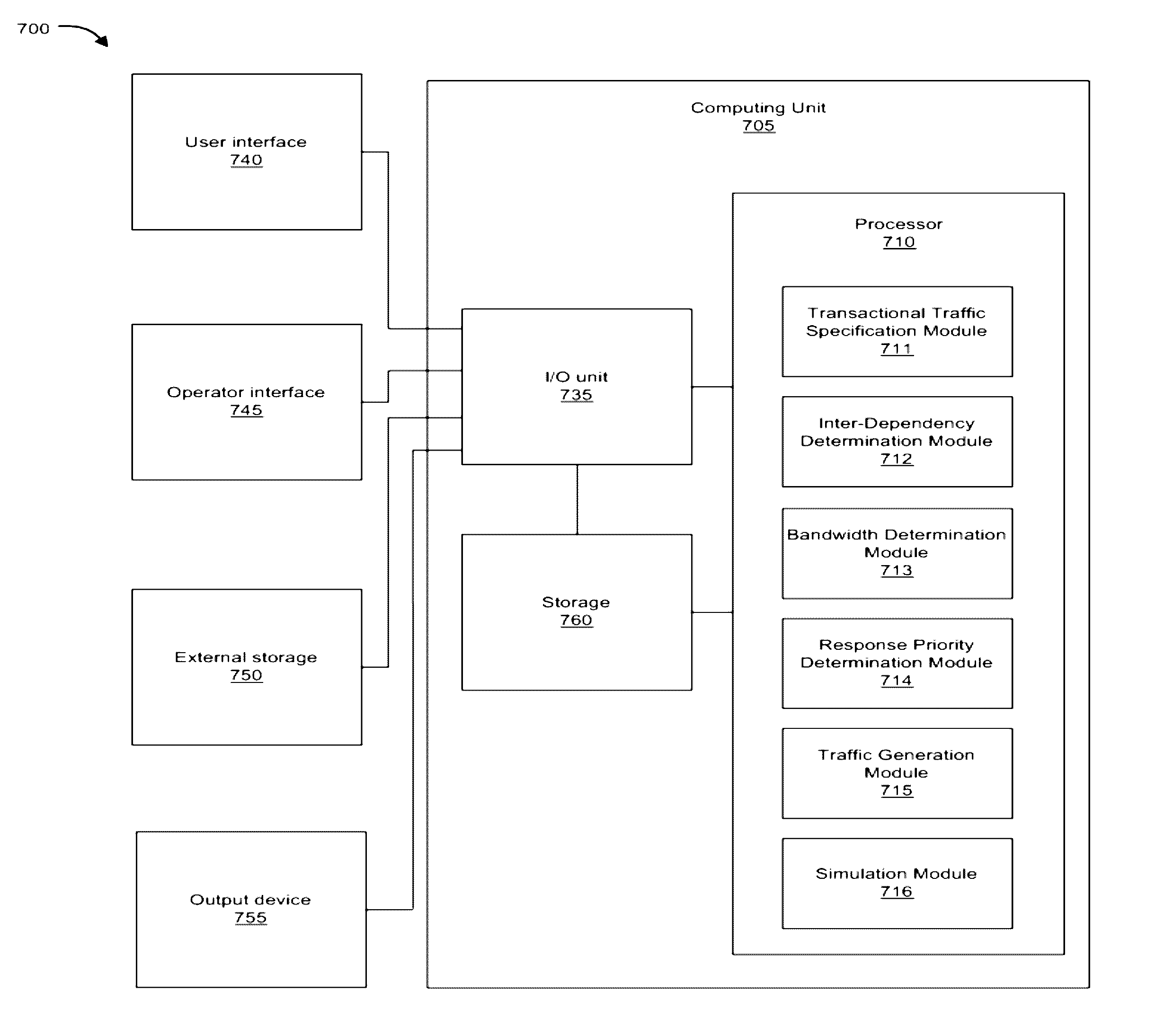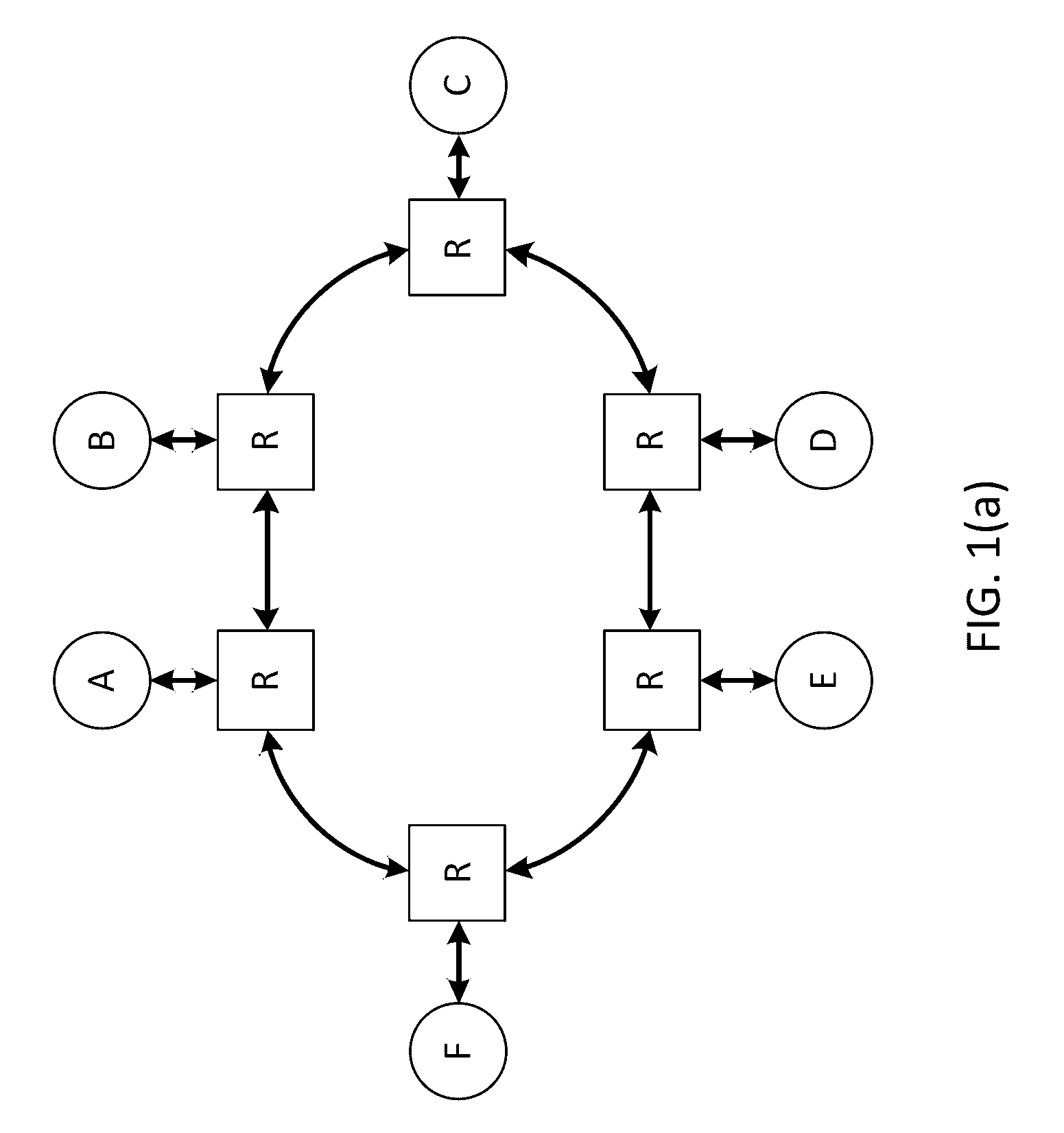Transactional traffic specification for network-on-chip design
a technology of network-on-chip design and traffic specification, applied in the field of interconnect architecture, can solve the problems of complex analysis and implementation of routing form, inability to achieve dimension order routing between certain source and destination nodes, and the rapid growth of components on the chip. achieve the effect of facilitating the generation of traffic trace files
- Summary
- Abstract
- Description
- Claims
- Application Information
AI Technical Summary
Benefits of technology
Problems solved by technology
Method used
Image
Examples
example implementation
[0079]In example implementation a transactional traffic specification can be written separately for NoC simulation, where the description of the transaction traffic specification may be very specific as required for the NoC simulation.
[0080]Trace Generation
[0081]In an example implementation of the NoC simulation, external transaction traces can be used to provide additional flexibility. Such transaction traces can either be computed from a statistical model or recorded from a real system. A transaction trace for a component can include a list of transaction initiating messages and the inter transaction intervals. In the example implementation for instance the traces only can only indicate which chain to simulate and not the entire detail of the transaction.
[0082]In an example implementation, transactional traffic specification can be used to generate traffic tracing. As transaction rates are specified for each transaction in the transactional traffic specification, realistic traces ...
PUM
 Login to View More
Login to View More Abstract
Description
Claims
Application Information
 Login to View More
Login to View More - R&D
- Intellectual Property
- Life Sciences
- Materials
- Tech Scout
- Unparalleled Data Quality
- Higher Quality Content
- 60% Fewer Hallucinations
Browse by: Latest US Patents, China's latest patents, Technical Efficacy Thesaurus, Application Domain, Technology Topic, Popular Technical Reports.
© 2025 PatSnap. All rights reserved.Legal|Privacy policy|Modern Slavery Act Transparency Statement|Sitemap|About US| Contact US: help@patsnap.com



